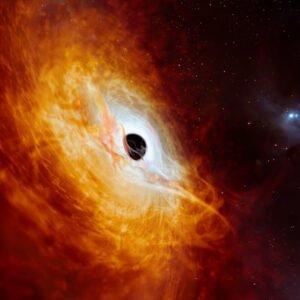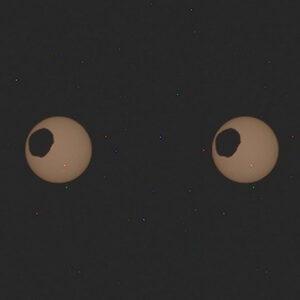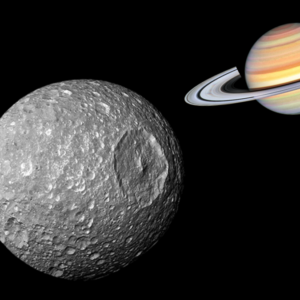
With all the new technology, telescopes, aircrafts and everything in between, scientists and researchers are finding out more and more information on outer space than ever before. In fact, new research from the Institute of Geology and Geophysics of the Chinese Academy of Sciences shares that volcanoes have been erupting on the moon for a billion year more recently than what scientists originally believed.
What they previously thought was that the moon became “geologically dead” around three billion years ago. But in fact, new lunar samples that were collected during China’s Chang’E-5 mission just last year uncovered that there were eruptions happening on the moon’s surface just two billion years ago.
Considering the moon is quite small and rocky, all the heat that would have fueled the volcanic activity should have been gone for much longer than two billion years.
In fact, scientists formerly thought that the larger amounts of water or heat-producing elements inside the moon may have possibly driven these eruptions in the very late stage of its lifespan. But, these new findings were not yet without a doubt.
Led by the Institute’s Professor Chen Yi, the study researchers managed to compare the new moon samples with those from the former U.S. Apollo missions, as well as those of the Soviet Luna missions.
The research team also conducted ‘fictional crystallization and lunar melting simulations’ in order to compare the samples, and what they discovered is that the young Chang’E-5-source magma had more calcium oxide and titanium dioxide than the older magmas from the Apollo mission.
Moreover, these younger samples had more titanium and calcium, elements that melt much more easily – which is why they believe that ‘those components could have reduced the melting temperature of the moon’s mantle,’ and as a result, it triggered the eruptions.
The study’s first author, Dr. Su Bin, from the National University of Singapore shared, “We discovered that the Chang’E-5 magma was produced at similar depths but 80 degrees Celsius cooler than older Apollo magmas.”
“This is a fascinating result, indicating a significant contribution of late-stage lunar magma ocean cumulates to the Chang’E-5 volcanic formation. It means the lunar mantle experienced a sustained, slow cooling of 80 degrees Celsius from some three billion years to two billion years ago,” Prof. Bin added.
The team shared that they published their work in the Science Advances journal, and their study results are the first viable explanation for why volcanoes continued to remain active on the moon for a billion years more than what scientists previously thought.
What are your thoughts? Please comment below and share this news!
True Activist / Report a typo


